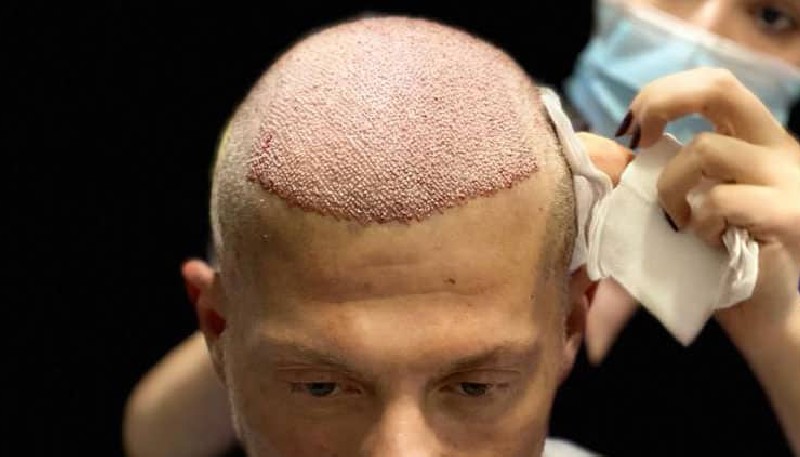
For decades, hair loss has been a source of frustration for both patients and physicians. While traditional solutions like Finasteride and Minoxidil have shown efficacy, they often come with side effects or require long-term use for limited results. However, the emergence of stem cell therapy offers a glimpse into a potentially transformative future for hair restoration.
As a physician with over 25 years of experience in healthcare treatments and industry research, I’ve witnessed the evolution of hair loss treatments firsthand. The promise of stem cell therapy lies in its ability to address the root cause of hair loss – the decline of follicular function – rather than simply manage symptoms.
Stem cells are the body’s master repair system. These unspecialized cells have the remarkable ability to self-renew and differentiate into specialized cell types. In the context of hair restoration, mesenchymal stem cells (MSCs) derived from adipose tissue (fat) or bone marrow have shown particular promise.
MSCs are believed to promote hair growth through several mechanisms:
Stem cell hair Restoration Protocols for Physicians is still a relatively new field, and treatment protocols are evolving. While some clinics offer hair stem cell therapies, it’s important to note that these are often autologous treatments, meaning the patient’s own stem cells are used. Autologous treatments fall under stricter regulations due to the manipulation of cells.
Despite the promise of stem cell therapy, further research is needed to optimize protocols, define long-term efficacy, and establish standardized guidelines.
Here are some exciting areas of ongoing research:
Sources:
International Society for Cellular Therapy (ISCT): https://www.isctglobal.org/
Whether you need help with marketing, patient financing, legal compliance the team at Rize Up Medical can help.
Let us help you maximize efficiency and profit.

DISCLAIMER: THIS SITE DOES NOT OFFER MEDICAL GUIDANCE. The content available on this website, which includes but is not limited to text, visuals, images, and other materials, is solely for informational purposes. None of the resources provided here should replace expert medical counsel, diagnosis, or care. It is essential to consult your doctor or a competent healthcare professional if you have concerns about any medical conditions or treatments, prior to beginning a new healthcare routine. Do not disregard expert medical recommendations or postpone seeking assistance due to information found on this site.